11 Historic Rivers That Still Matter Today
Rivers have always been essential to human life, providing the water needed for survival, transportation, and trade. From ancient civilizations to modern cities, these rivers have played a vital role in shaping societies. They have been at the heart of many thriving communities, offering a foundation for culture, economy, and innovation. Exploring these rivers reveals the powerful influence they have had over history.
This post may contain affiliate links, which helps keep this content free. Please read our disclosure for more info.
Nile River
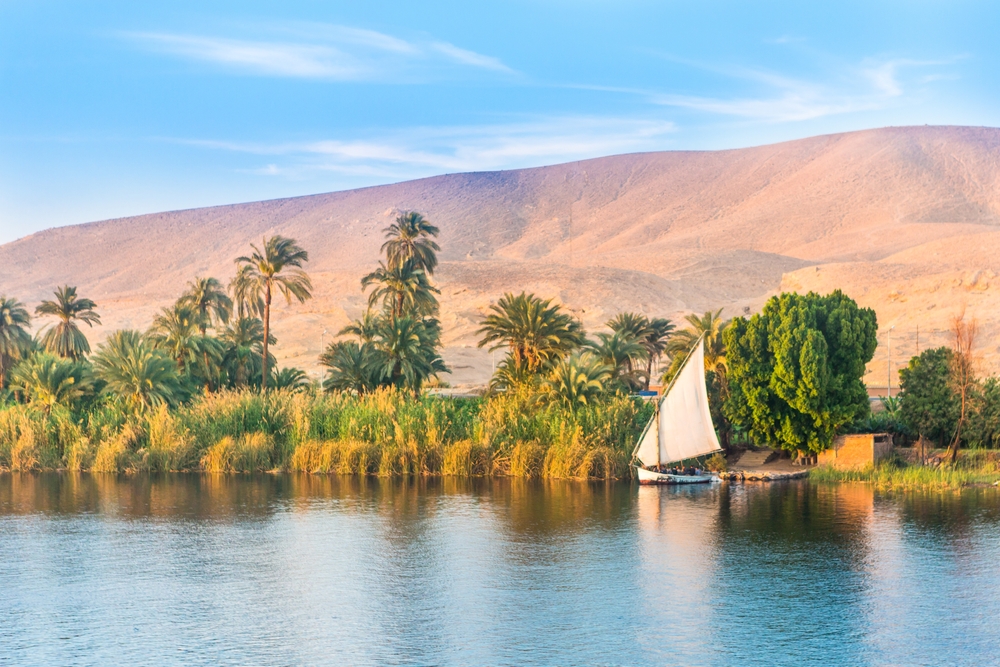
The Nile River has been a vital lifeline for Egypt for thousands of years. Flowing over 4,000 miles, it is the longest river in the world, providing water to one of the most powerful ancient civilizations. Its annual flooding deposited rich silt onto the land, making agriculture thrive. The river facilitated trade and cultural exchange, connecting Egypt to regions further south and north.
The importance of the Nile can be seen in Egypt’s stunning achievements in architecture, art, and governance. The river played a key role in the construction of monumental structures like the Pyramids. It also formed the basis for Egyptian society, impacting religion, economy, and daily life. The Nile remains central to Egypt’s identity, even in the modern era, contributing to the country’s agriculture and tourism.
Tigris River
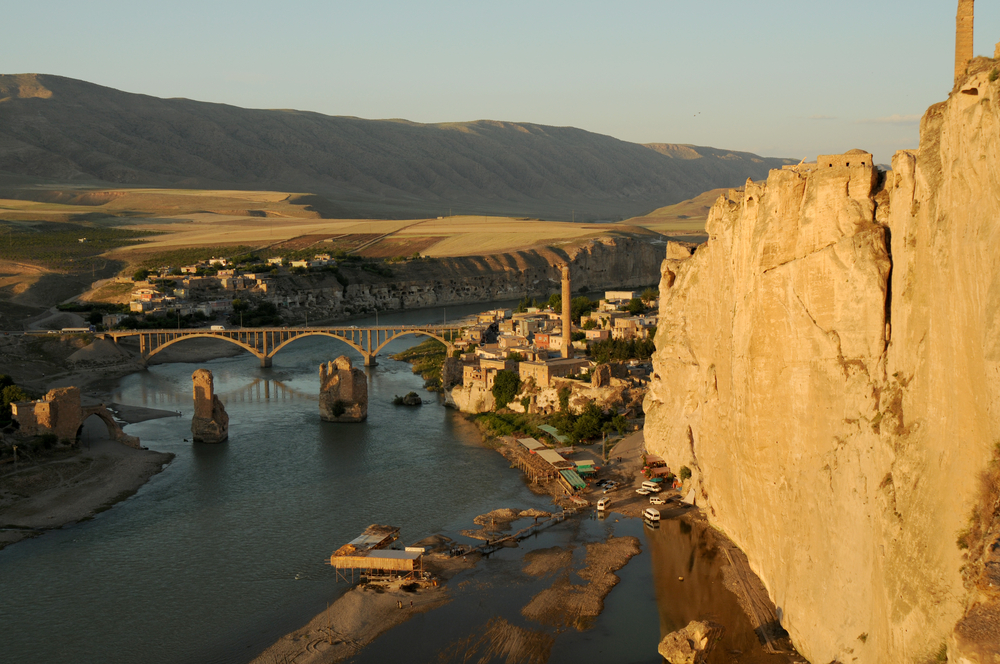
The Tigris River, located in the Middle East, is one of the defining features of Mesopotamia, known as the “Cradle of Civilization.” It has nurtured some of the world’s earliest cities, such as Babylon and Nineveh, which flourished due to the fertile lands along its banks. The Tigris played a central role in the development of agriculture, enabling the growth of early cities and trade networks. It also supported the rise of powerful empires like the Assyrian and Babylonian empires.
As an essential resource, the Tigris River helped establish the foundations of writing, law, and science. The river was vital for irrigation and the expansion of agricultural activities that sustained the growing population. Civilizations along the Tigris also made advances in engineering and mathematics, further shaping the course of human history. Today, the river remains a key feature in Iraq, playing an important role in the country’s economy.
Euphrates River
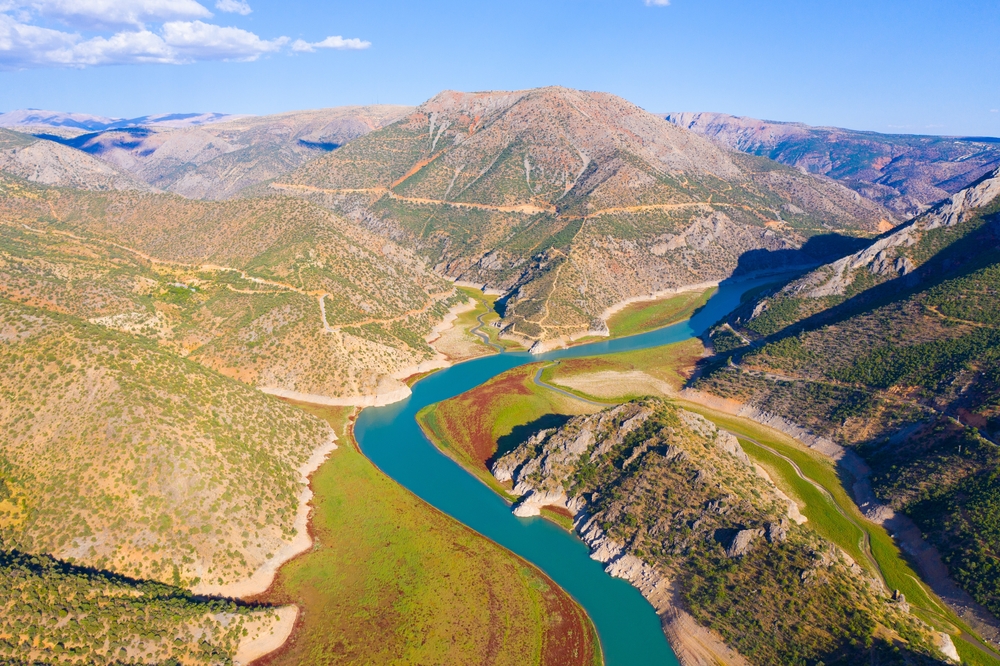
The Euphrates River is another significant waterway that shaped ancient Mesopotamian civilizations. It flows through modern-day Turkey, Syria, and Iraq, offering water to one of the world’s earliest centers of civilization. Along its banks, cities like Ur and Babylon thrived, serving as cultural and commercial hubs. The Euphrates was essential for the irrigation that made agriculture flourish, supporting both local populations and extensive trade routes.
The Euphrates also influenced early developments in law, religion, and governance. It was along this river that the first written codes of law were created, such as the famous Code of Hammurabi. The river has been a focal point in various historical conflicts, due to its importance as a water and trade source. Even today, the Euphrates continues to impact the political and economic landscape of the region.
Amazon River
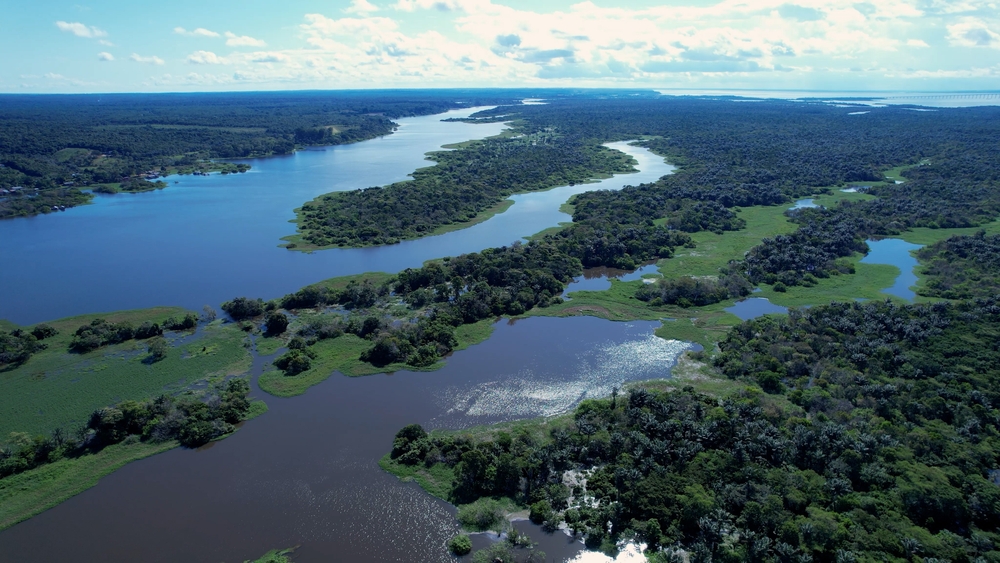
The Amazon River, located in South America, is the lifeblood of the vast Amazon rainforest. Stretching over 4,000 miles, it supports an incredibly diverse range of ecosystems, from dense jungles to rich floodplains. While its impact on civilization is more recent compared to ancient rivers, it has played a central role in the development of indigenous cultures and economies in the region. The river has been a major trade route for local tribes, allowing them to connect with neighboring regions.
In addition to providing water, the Amazon has been essential for the region’s agriculture and fishing industries. It sustains the world’s largest rainforest, which helps regulate global weather patterns and supports countless species. Today, the river is vital to the economies of countries like Brazil, Peru, and Colombia, playing a crucial role in both local and international trade. Its preservation remains critical to global ecological health.
Indus River
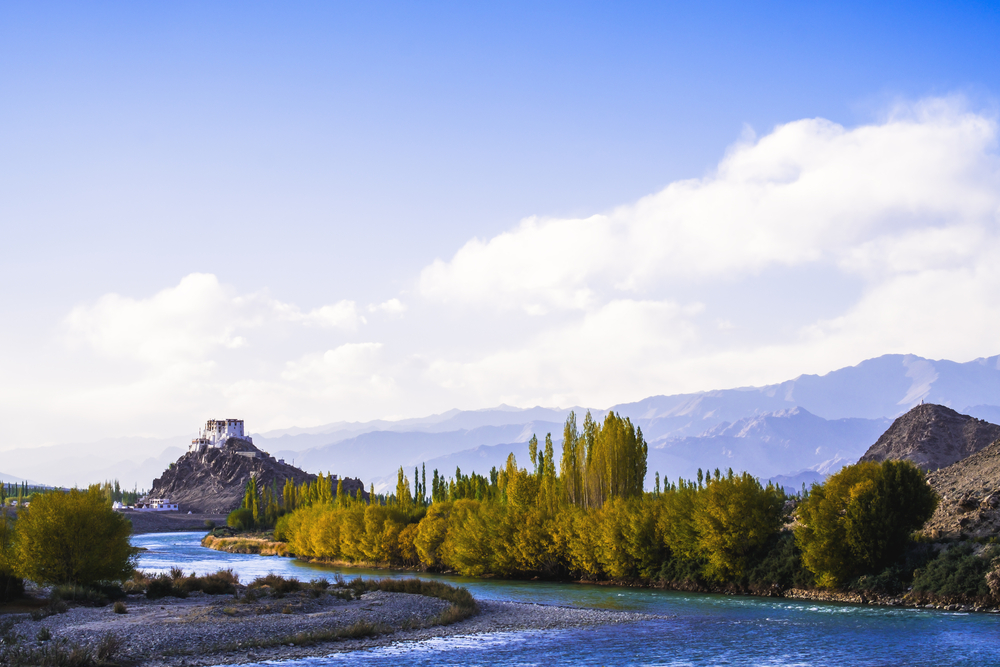
The Indus River, flowing through modern-day India and Pakistan, was the foundation of one of the earliest urban civilizations, which is the Indus Valley Civilization. Cities like Harappa and Mohenjo-Daro, which flourished along the riverbanks, displayed impressive urban planning, drainage systems, and advanced agricultural techniques. The Indus Valley people were skilled in trade and created one of the first writing systems, which remains undeciphered.
This river also played a role in the cultural and spiritual development of the region, with many ancient Hindu texts referring to the Indus as a sacred river. Over time, the river’s role in agriculture continued to support thriving societies, but shifting river patterns and climate change eventually led to the civilization’s decline. Today, the Indus River remains crucial to Pakistan and India, supporting millions of people through irrigation and power generation.
Yangtze River
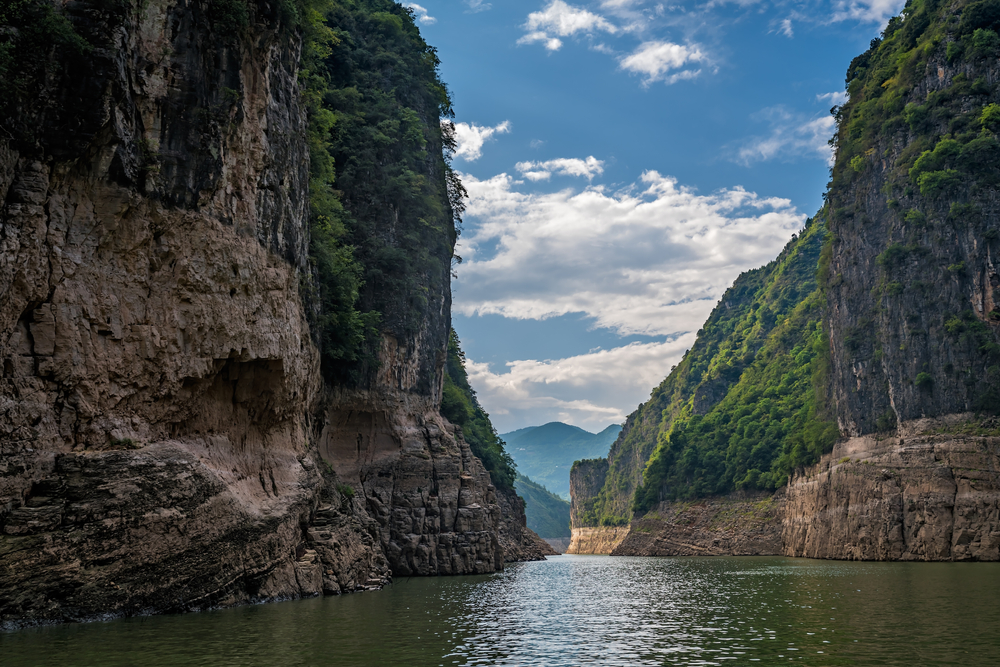
The Yangtze River is the longest river in Asia and one of the most important in the world. Flowing through China, it has supported over 300 million people, making it a critical resource for the country. The river has been central to Chinese civilization, providing water for irrigation, transportation, and trade. It was along its banks that the ancient Chinese dynasties flourished, giving rise to innovations in agriculture, art, and science.
The Yangtze is also integral to China’s modern economy, playing a significant role in the country’s industry and infrastructure. It flows through major cities like Shanghai and Wuhan, serving as an important shipping route for goods. The river has been instrumental in fostering China’s rise as a global power. Today, the Yangtze continues to drive both cultural and economic activity, with significant investments in dam projects like the Three Gorges Dam.
Ganges River
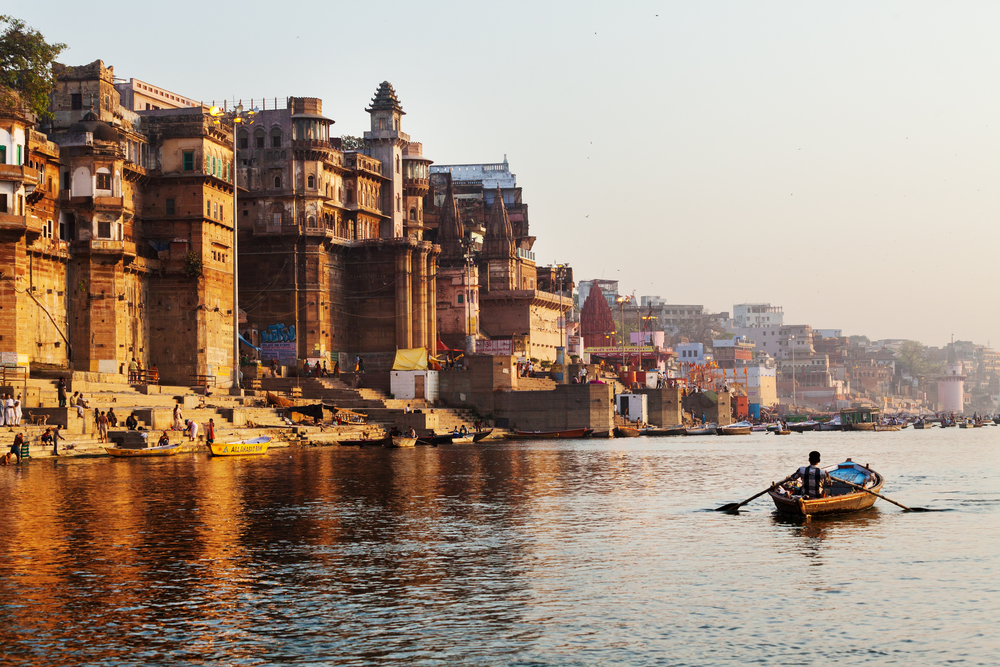
The Ganges River holds a special place in Indian culture and religion. It is considered sacred by millions of Hindus who believe that the river’s waters purify the soul. Flowing from the Himalayas, the Ganges has been central to the development of Indian civilization for thousands of years. Cities like Varanasi, one of the world’s oldest continuously inhabited cities, are located along its banks, serving as religious and cultural hubs.
The river has played a crucial role in agriculture, supporting the fertile plains of Northern India. It has also been important for trade, connecting India’s interior with the Bay of Bengal. However, the Ganges faces serious environmental challenges, including pollution, which has raised concerns about its sustainability. Efforts to clean and protect the river are ongoing, highlighting its continued importance in both spiritual and practical terms.
Mississippi River
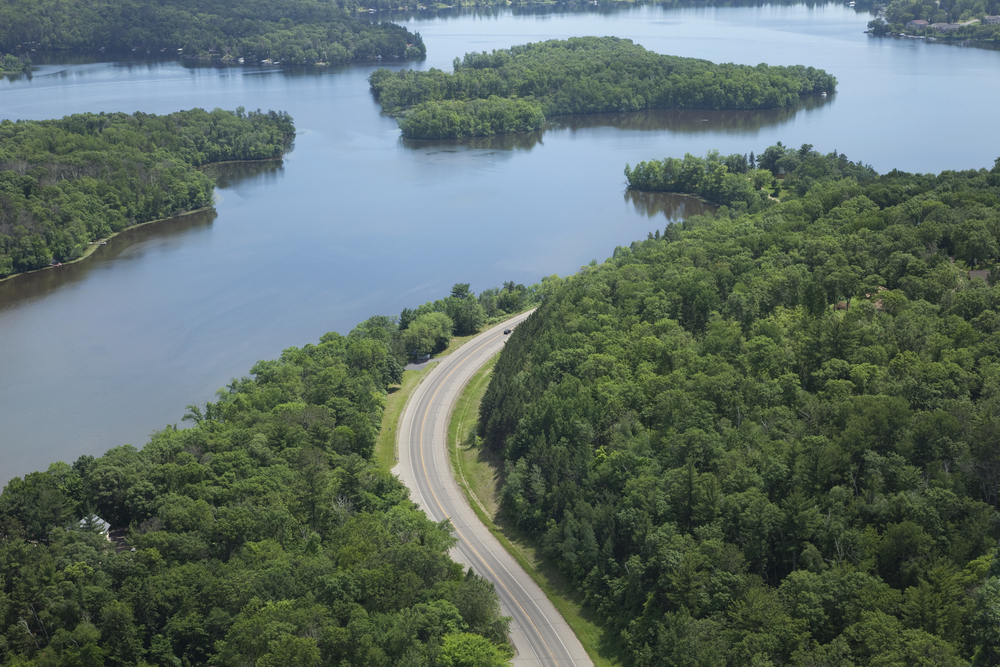
The Mississippi River is one of the longest and most well-known rivers in North America. Stretching from the Great Lakes to the Gulf of Mexico, it has played a crucial role in the development of the United States. Historically, it was a major trade route, connecting the interior of the country to the rest of the world. The river facilitated the movement of goods, particularly during the 19th century, fueling the growth of cities like New Orleans and St. Louis.
The Mississippi River also played a key role in American history, particularly during the Civil War, when it was a strategic military target. Today, the river remains a vital transportation route for agricultural products and other goods. It also supports a unique ecosystem, hosting various species of wildlife. The Mississippi continues to shape the culture and economy of the United States.
Mekong River
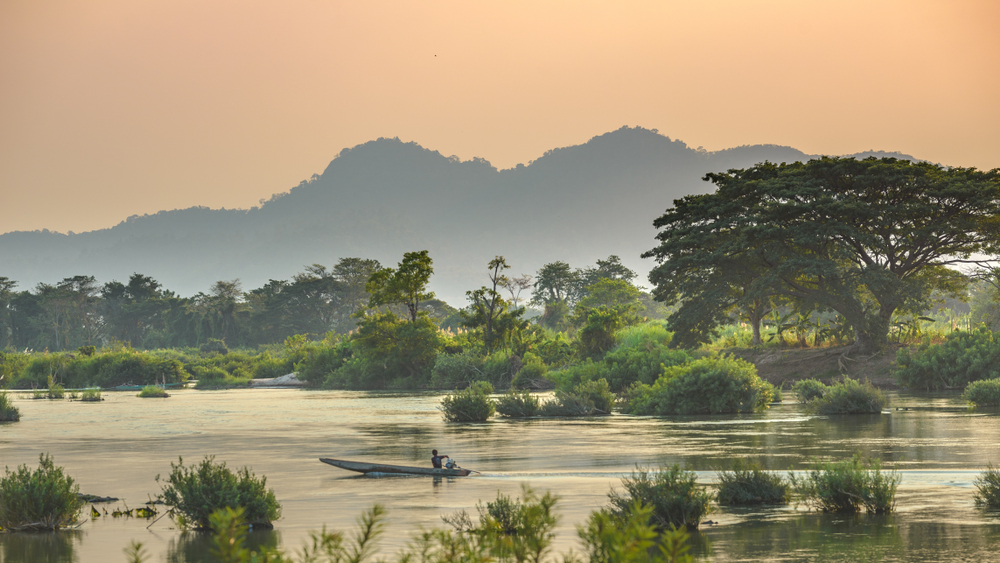
The Mekong River flows through Southeast Asia, passing through countries like China, Laos, Thailand, Cambodia, and Vietnam. It is one of the world’s most biodiverse rivers, supporting millions of people who depend on it for food, water, and transportation. The river has been a central part of Southeast Asian cultures for centuries, with ancient civilizations flourishing along its banks. The Mekong Delta, in particular, is home to some of the richest agricultural lands in the region.
The Mekong is vital for the economies of the countries it flows through, with its waters used for irrigation and fishing. Its role in international trade has grown in recent years, particularly as China has invested in damming projects upstream. The river’s biodiversity also supports a unique array of wildlife, making it an ecological treasure. Despite challenges like water disputes and environmental degradation, the Mekong remains a vital lifeline for Southeast Asia.
Danube River
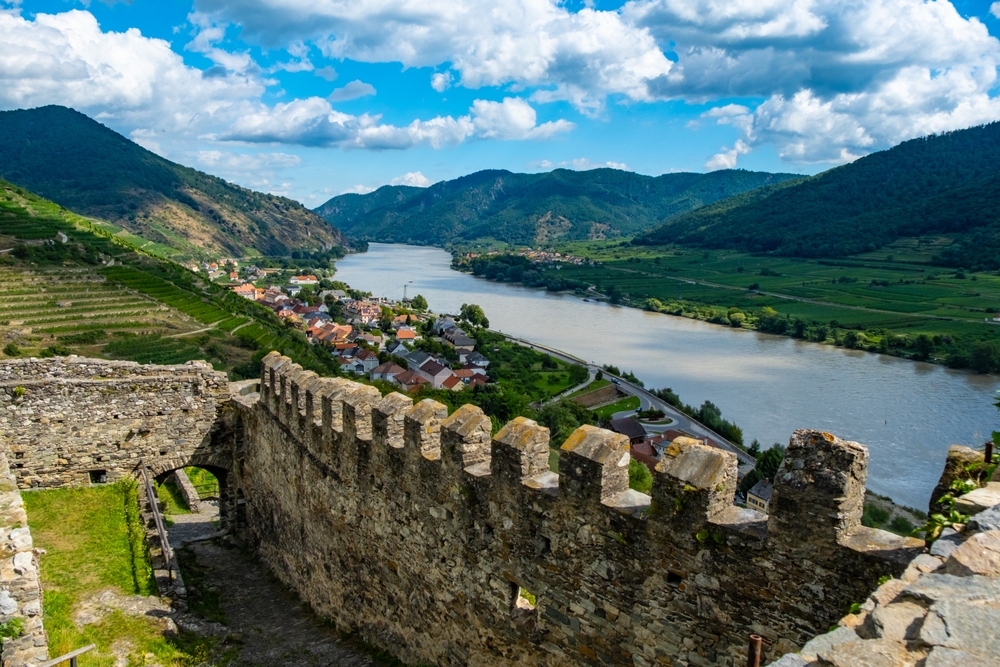
The Danube River is one of Europe’s most important waterways, flowing through ten countries, including Germany, Austria, and Hungary. It has been a significant trade route for centuries, connecting Eastern and Western Europe. The Danube was vital to the Roman Empire and has played a key role in the history of various empires, including the Austro-Hungarian Empire. Cities like Vienna and Budapest grew along its banks, becoming centers of culture and commerce.
Today, the Danube continues to be a major route for the transportation of goods. It also has strategic importance, serving as a natural border between many European countries. The river is a vital part of European culture, hosting festivals, cruises, and historical landmarks. Its importance stretches from ancient history to modern Europe.
Murray River
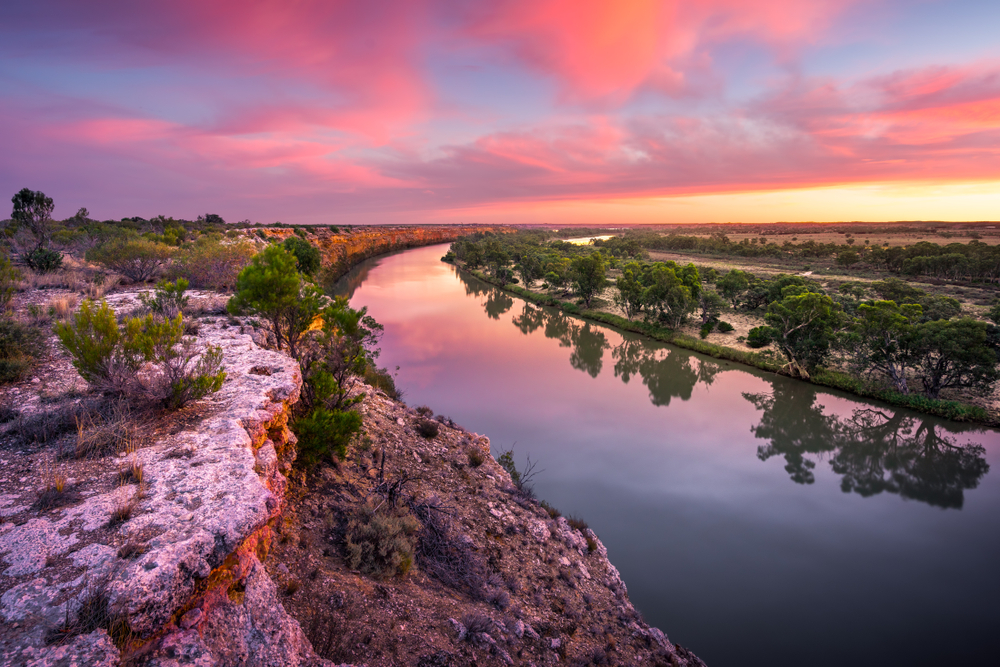
The Murray River is the longest river in Australia, flowing through the southeastern part of the country. It has been a central feature of Aboriginal culture for thousands of years, providing water and resources to indigenous communities. European settlers later relied on the river for irrigation, transportation, and trade. The river played a key role in the development of Australia’s agricultural heartland, particularly in the state of New South Wales.
The Murray River has also faced environmental challenges due to overuse and climate change, affecting both its flow and the surrounding ecosystems. Efforts to conserve and manage its water resources are ongoing, as the river remains critical to Australia’s agricultural output. The river is also a popular spot for recreational activities, such as boating and fishing. Its historical and economic importance continues to shape Australia’s identity.
This article originally appeared on Avocadu.
